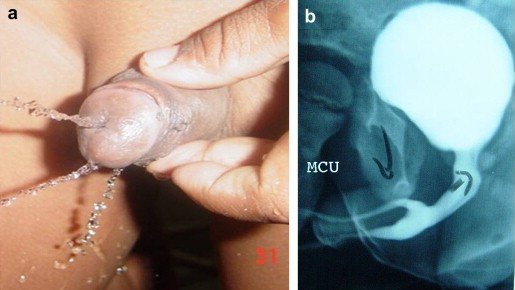Midline incision
It is made through linea alba. Linea alba provides an almost bloodless line along which abdomen can be opened. The disadvantage is that it leads to post operative weakness and herniation may occur.
Paramedian incision
It is made 1-1 ½ inch lateral and parallel to the midline, the anterior wall of rectus sheath is opened, the rectus abdominis is displaced laterally (to avoid injury to the nerves supplying rectus abdominis). The posterior wall of rectus sheath along with fascia tranversalis and the peritoneum is then incised.
Rectus abdominis should be retracted laterally to avoid injury to nerves that pierce the sheath laterally.
Subcostal incision
Also called as Kocher incision. It is used on the right side for gall bladder surgery and on the left, for exposure of spleen. The skin incision begins at the midline and extends parallel to and 1 inch below the costal margin.
McBburney’s incision
Also called as Muscle split or grid iron incision. A transverse incision in the line of the skin crease 1 inch above and forward from the anterior superior iliac spine or an oblique incision centered at Mc Burney’s point along the line from anterior superior iliac spine to umbilicus. The aponeurosis of external oblique is incised obliquely downwards and medially (in the line of its fibers). The internal oblique and the transversus muscles are then split in the line of their fibers and retracted without dividing their fibers. On closing the incision, these muscles snap together, leaving almost undamaged anterior abdominal wall. It is the incision used for most appendicectomies but can also be used in the left iliac fossa for left-sided colonic pathology.
Pfannenstiel incision
The Pfannenstiel incision is a transverse skin incision, two finger-breadths (approximately 5 cm) above the symphysis pubis, which is extended in the direction of the anterior superior iliac spine (ASIS) and ends 2–3 cm medial to ASIS on both sides. This is a 12 cm convex incision. It allows access to the lower gastrointestinal tract, urinary tract and the pelvic reproductive organs.
Transverse incision
The transverse incision is made slightly lateral and inferior to the umbilicus. It allows access to the colon, duodenum, and pancreas, and is fairly commonly used due to the low risk of damage to the nerve supply to the abdominal muscles.






